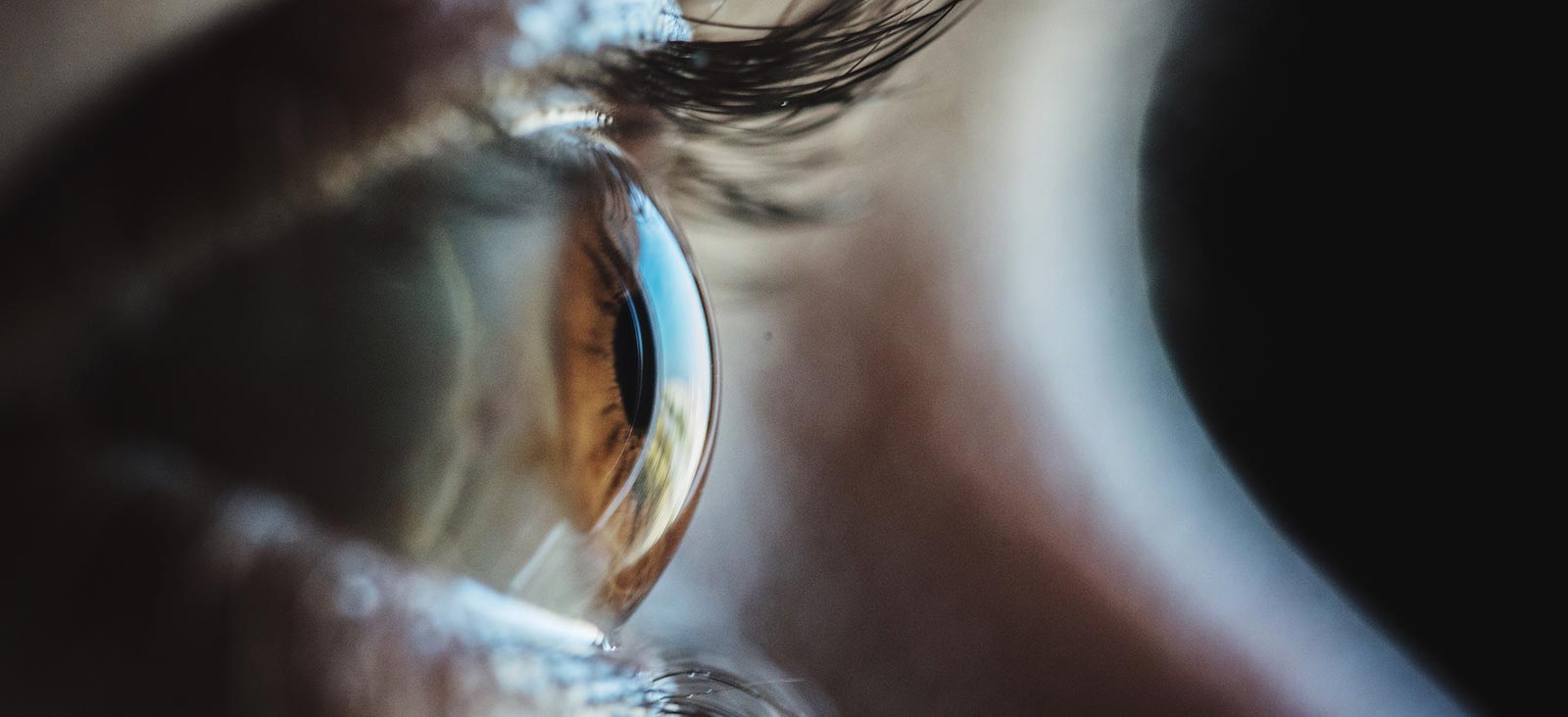Intacs for Keratoconus
Keratoconus is a progressive disorder, and over time many patients can no longer see well with eyeglasses or contact lenses. Intacs flatten the cornea, helping restore its original rounded shape. After having Intacs implanted, patients usually still need to wear eyeglasses or contact lenses for clear vision.
Results with Intacs
The advantages of Intacs over a corneal transplant include:
- Quick recovery from a minimally invasive outpatient procedure
- Flexibility with implants that can be removed or replaced
- No disturbance of the eye structure because no tissue is removed
- Possible delay in the progression of keratoconus
- Delay or elimination of the need for a corneal transplant
The potential risks include:
- Eye infection
- Fluctuating vision up to several months after the procedure
- Vision changes such as glare, halos around bright lights, or reduced night vision
What to Expect from Intacs
Preparation
Our doctors begin by evaluating patients to ensure they are good candidates for Intacs. During the evaluation, patients will have a complete eye exam. We sometimes take measurements and do other tests to determine the thickness of the Intacs to use.
On the day of the Intacs procedure, patients should:
- Arrange for someone to drive them home.
- Avoid wearing lotion, makeup, perfume, or similar substances on their face.
Intacs Surgery
The procedure usually takes about 15 to 20 minutes, with the entire appointment lasting about one hour, including preparation and recovery. The appointment involves these steps:
- Patients can choose to take a medication such as Valium to help them relax.
- The doctor places numbing drops into the eyes and uses an instrument to hold the eyelids open.
- The doctor operates on one eye at a time, using either a laser or a mechanical device to create two channels between middle layers of the cornea, around the outer edge.
- The doctor inserts the implants into the channels, and a suture is placed.
Intacs Recovery
Patients rest in the office for a short time, then a member of the care team does a brief check before patients leave. Most patients recover quickly, returning to their daily activities within 24 hours.
Patients can expect:
- Some itching, burning, or watering of the eyes for the first few hours
- Discomfort such as scratchiness or a feeling of something in the eye
We typically recommend that patients:
- Take a nap or rest with eyes closed for several hours just after the Intacs procedure.
- Take pain medication as necessary.
- Wear eye shields while sleeping for several nights to prevent rubbing or pressure on the eyes.
- Do not rub the eyes for several weeks.
- Avoid using lotion, makeup, perfume, or similar substances for two to four weeks.
- Avoid swimming, hot tubs, or contact sports for several weeks.
- Contact us if they experience severe pain or other worsening symptoms.
Patients will have follow-up appointments the day after their procedure and regularly for several months.




